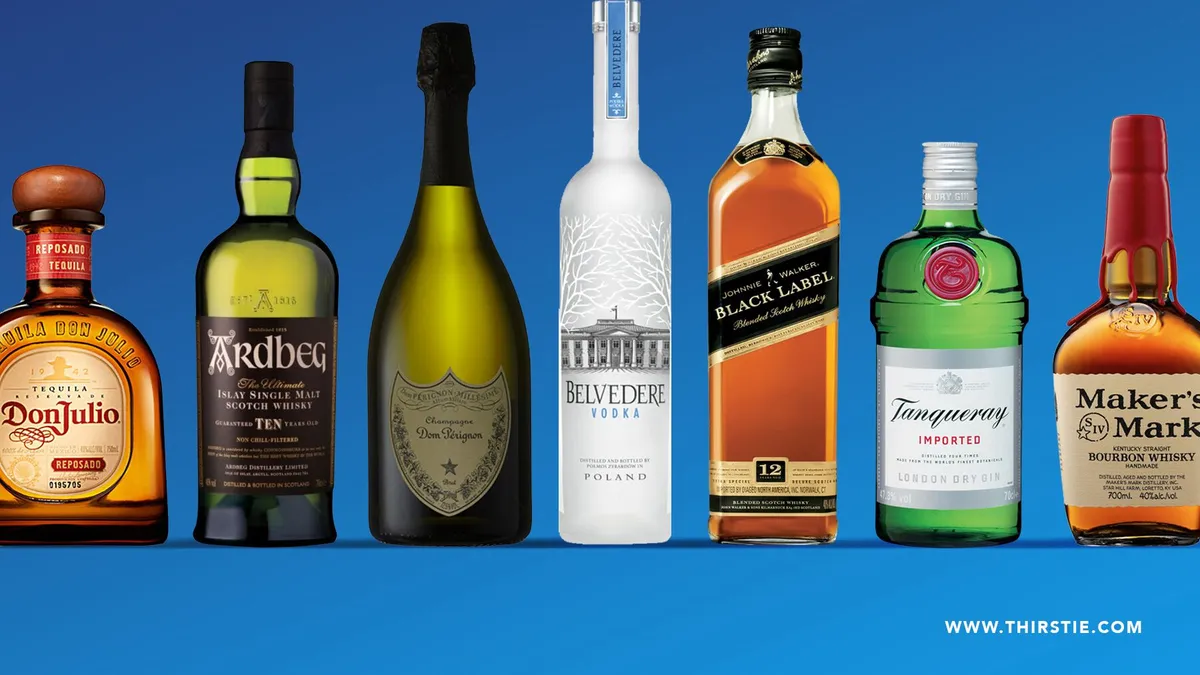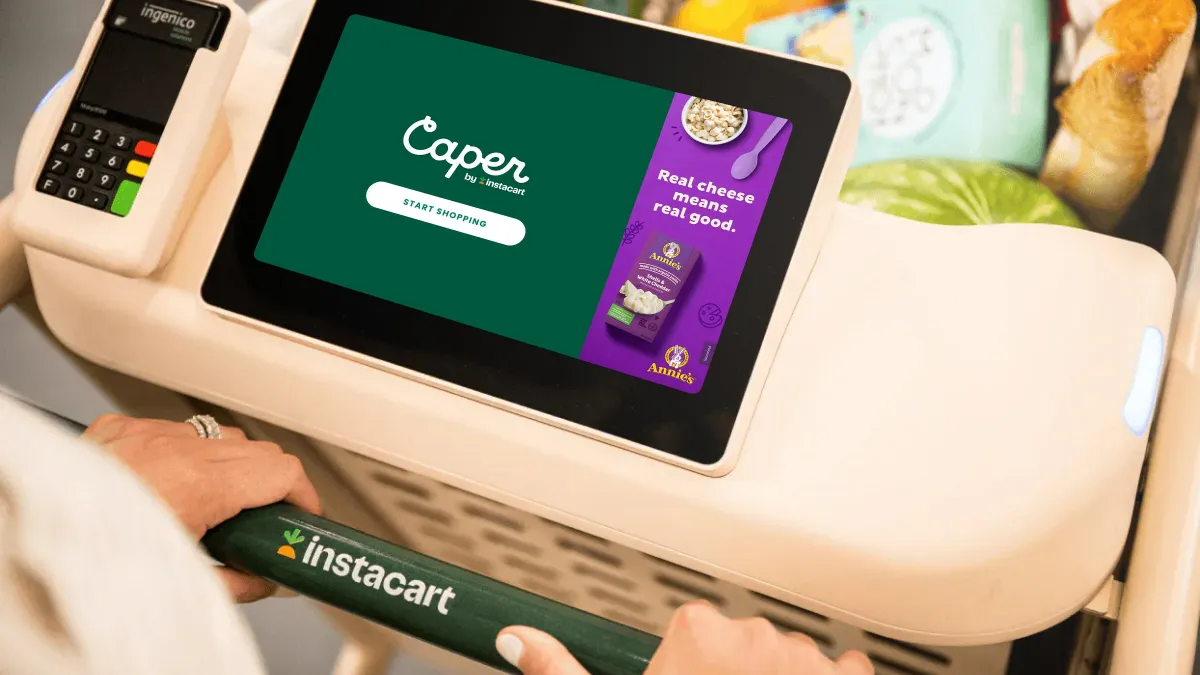Zac Brandenberg is the co-founder and CEO of Drinks Holdings, a technology firm whose digital platform helps merchants and retailers sell and ship wine online.
2019 was a year filled with retail innovation, especially within grocery. Between robot delivery services and experiential pop-ups, it would seem as though we’ve mastered our understanding of consumer behavior and created products and services to meet those needs.
However, there’s one category that has yet to make that forward leap: beverage alcohol. And it’s causing the industry billions in lost sales opportunities every year.
An industry ripe for innovation
To better understand the untapped opportunity that beverage alcohol presents, it’s important to unpack the history of the industry and how it’s led to the current state. Following Prohibition and the repeal of the 18th amendment in 1933, the United States created a three-tier system to funnel distribution of alcohol through producers, distributors and retailers. At the time, the system was created with the intention of ensuring that no single entity could monopolize the market, a la Al Capone.
This context is important. Unlike other product categories where distribution is fairly streamlined, beverage alcohol brings with it its own set of intricacies both at the federal and state level. Navigating the three-tier system in the age of e-commerce has proven to be quite difficult. So while people continue to purchase alcohol from liquor stores, grocery and convenience stores as they always have, alcohol’s share of wallet drops by 88 percent online, simply due to a lack of awareness that alcohol can be conveniently shipped to homes much like books and toaster ovens.
To underscore the complexity and lack of competition, consider this: Even Amazon hasn’t cracked alcohol e-commerce. The company had to exit online beverage alcohol sales following their acquisition of Whole Foods. Now, they’re slowly opening tiny liquor stores, not as a small-format store concept, but rather as a technicality in order to deliver alcohol in certain zip codes. That’s how complicated it is to navigate this system.
Capitalizing on DTC trends
The mention of e-commerce and DTC instantly conjures visions of brands like Warby Parker, Casper and Dollar Shave Club. These brands all have one thing in common: Each capitalized on markets dominated by large players that had not innovated in the space, and injected the DTC pillars of convenience, curation and value to attract consumers. Now, mattresses are a $14 billion market with 45% e-commerce penetration, and razors are a $3 billion market with 12% e-commerce penetration. But neither market presents anywhere near the opportunity that beverage alcohol does. Wine alone is a $70 billion market with less than 1% e-commerce penetration — signaling an enormous untapped opportunity for retailers and wineries.
With the advent of e-commerce, consumers are also more willing than ever to try new brands and products, and nowhere is that more prevalent than in alcohol purchases. From spiked seltzers to canned wines, there is plenty of product innovation and market curiosity. E-commerce has also given retailers access to vast amounts of data that can be used to make curation of e-storefronts more personalized. For consumers who are used to staring at an endless wall of wine or spirits, those shifts translate to a more convenient and customized shopping experience.
Bringing in-store experiences online will require a concerted investment in technology to support the logistics of alcohol distribution on a national scale. That’s not to say that e-commerce is the end-all-be-all solution — rather, it’s an incredibly important part of the channel mix that brands should chase after. A combination of in-store and online experiences guarantees meeting consumers where they are, and providing them with a seamless service that caters to them when they need to get alcohol in bulk, in a pinch, and for every hosting and gathering in between.
But why now?
The past year saw mounting pressure for grocery retailers competing in the age of Amazon, and beverage alcohol offered an entry point for a competitive advantage. Costco announced alcohol delivery from 200 club stores. Aldi expanded alcohol delivery via Instacart, and Walmart announced curbside alcohol pickup for customers.
More than anything, the increased investment and activity legitimized the opportunity that exists, and will surely start a race among retailers to win the alcohol business of their customers, both in-store and online.



















